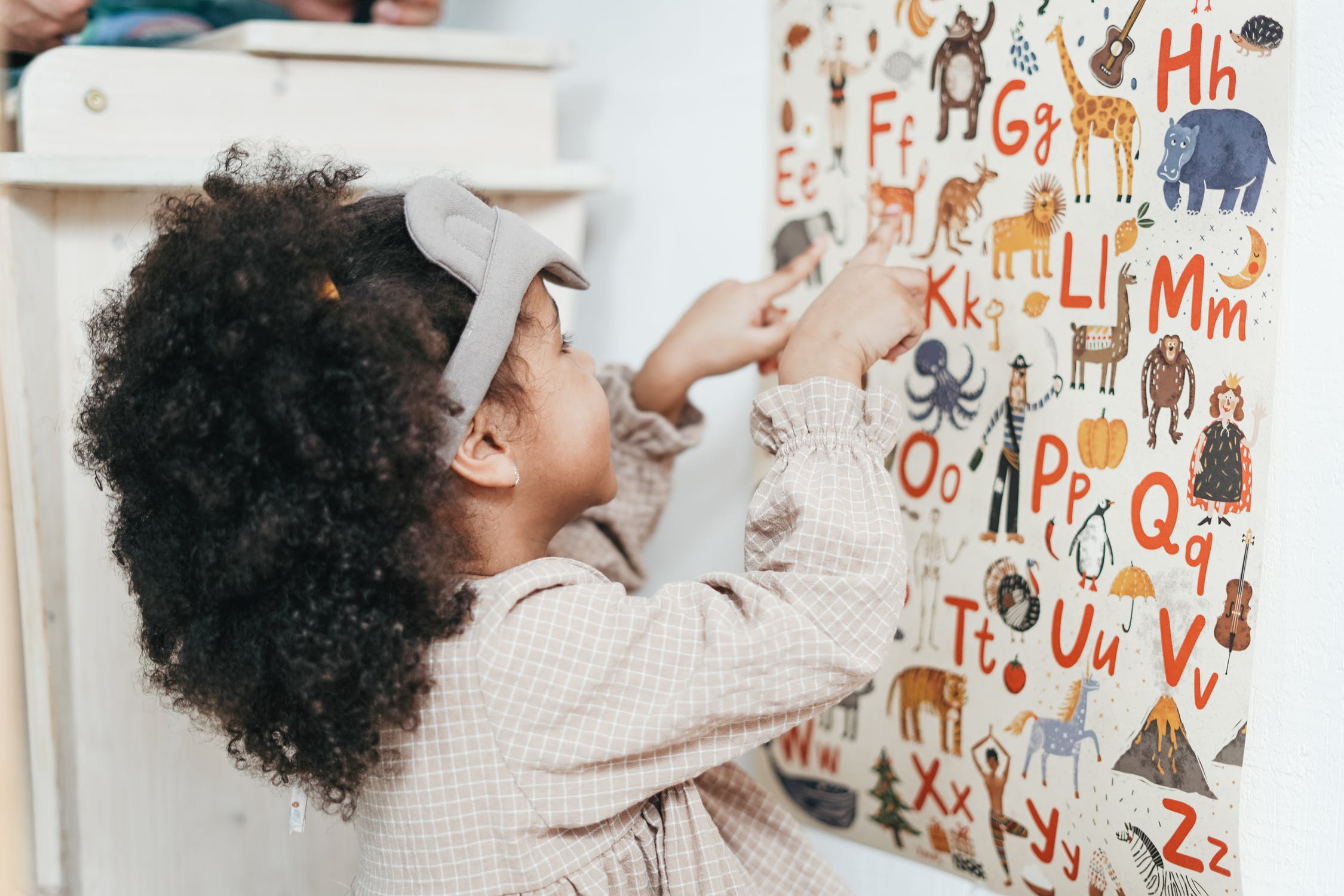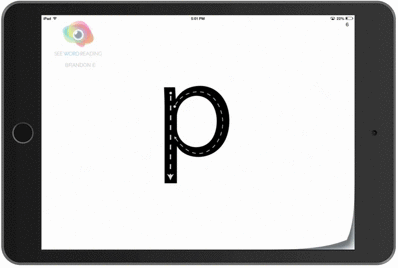Teaching Tips for Consonant Digraphs

Two letters come together to make a different sound. It’s a concept that can be tricky for young readers. But with imagination and some hands-on learning ideas, they can master digraphs.
The Literacy Nest suggests making digraphs personal. Introduce kindergartners to Charlie who loves trains (Choo! Choo!), or Shawn, who loves quiet (Shhhh!). She also puts digraph ideas right into young learners’ hands (literally) with blocks, puzzle pieces and coloring. Take a cue or two from this post from the Literacy Nest:
Tips for Teaching Consonant Digraphs
Many children have some knowledge of consonant digraphs when they start their Orton Gillingham lesson with an Orton-Gillingham tutor, although few really are familiar with the term digraph, its definition, or all of the digraphs we teach in Level 1. Here are some tips for making digraph instruction multisensory and memorable. A digraph is 2 letters that make 1 sound. Combinations such as sh, th, ch and ck are digraphs.
When first introducing digraphs, I like to concentrate with children on the sounds that they hear. For example, if I were teaching the sh phonogram, I might ask a student to show me the sounds in the word shop and shut using tiles or counters or blocks. At this point, the student should be able to identify that there are 3 sounds in each word. After listening for which sound is the same, I would show the student the written words and ask them to identify which letters were making the /sh/ sound. If the student was unable to recognize that the sound was made by sh, I would tell them and have them mark the letters. By first focusing on the sound they hear, it reinforces the idea that a digraph is a single sound.
Using body movements to reinforce the definition is also helpful. Hold up one finger on the left hand for 1 letter and one finger on the right hand for the other letter. . . 2 letters, bring them together and then hold up 1 finger for one sound. I find it is helpful to explain to students that di-means two and graph means letter. This sets the precedent that morphology has an important role to play in language. Most children by upper elementary are familiar with the word carbon dioxide which you can explain has 2 oxygen atoms.
When using manipulatives, one of the major principles I want to convey is that a digraph stays stuck together. You can’t separate the sound of a digraph into the two individual letter sounds. To show this visually, you might use magnetic letters and slide them together or use unifix cubes to show that the two letters stick together. Another idea is when using magnetic counters, tape two counters together to represent the digraph. The letters can’t be separated, and will only count as one sound when segmenting a word. When you sweep them up with a magnetic wand, the letters will be picked up together. Using blank puzzle pieces is another way to visually show the connectedness of the two letters in a consonant digraph.
As with the learning of any new phonogram, it is helpful to use a variety of multisensory materials such as playdoh and sand. Building a 3 dimensional model of the consonant digraph is particularly helpful for developing a visual model of the digraphs as whole units.
Using a story for each digraph, such as the H brothers story from Project Read is another way to make these “characters” come to life. Ch is represented by Charlie who is crazy about trains. He runs around saying “choo choo choo choo”. Th is represented by Theo, the rude brother who sticks his tongue out and says “th”. Wh is represented by Whit who tries to whistle but can only say /wh/. Sh is Shawn who likes quiet and keeps saying /sh/. Adding gestures to reinforce the sounds further helps to secure new learning.
A fun way to show that two sounds form a new different sound is to print the individual letters on colored plastic overlays. If you use primary colors and then overlap them, you end up with the digraph on a brand new secondary color. A yellow t and blue h make a green th.
Read the entire article from the Literacy Nest.
Practice, Practice!
See Words: Home is live in the Apple App Store! Try it now.

Want a Step-by-Step Easy Path to Learn to Read?
See Words: School lays out the fundamental steps in 14 engaging lessons using proven multi-sensory methods and phonics. Download the suite of apps from the Apple App Store now.
